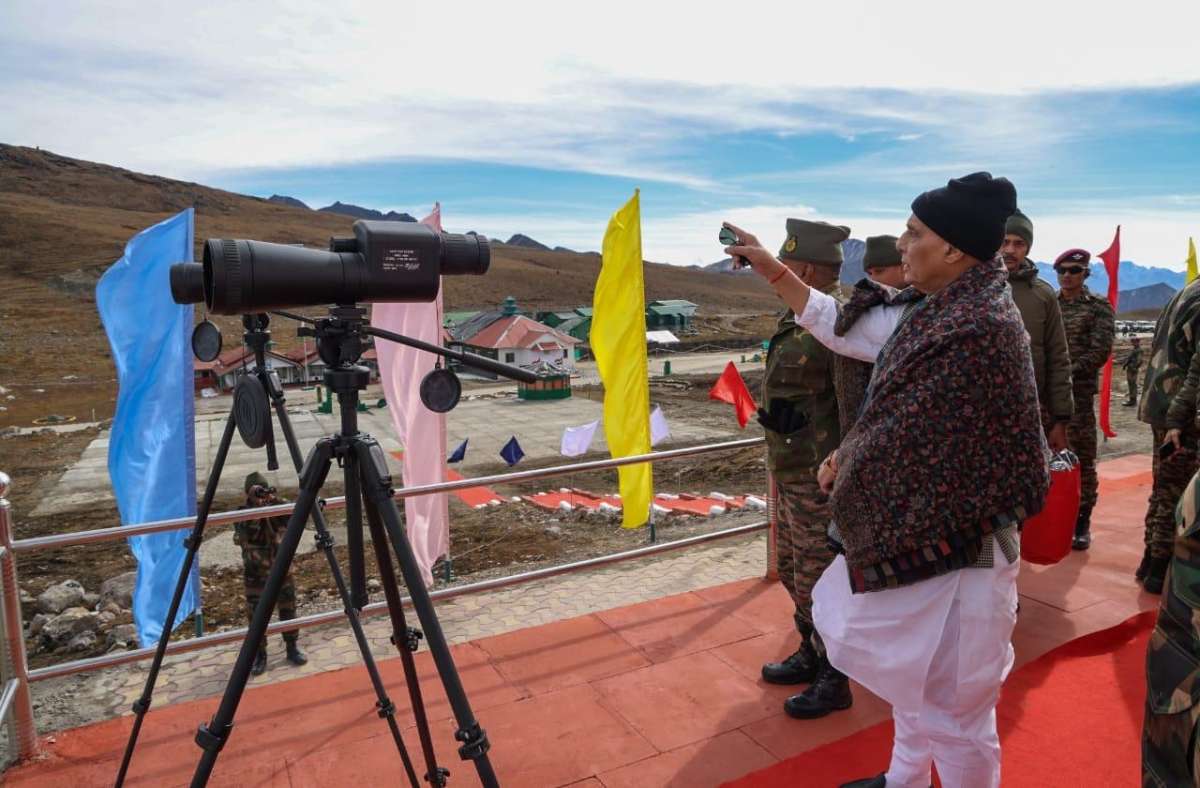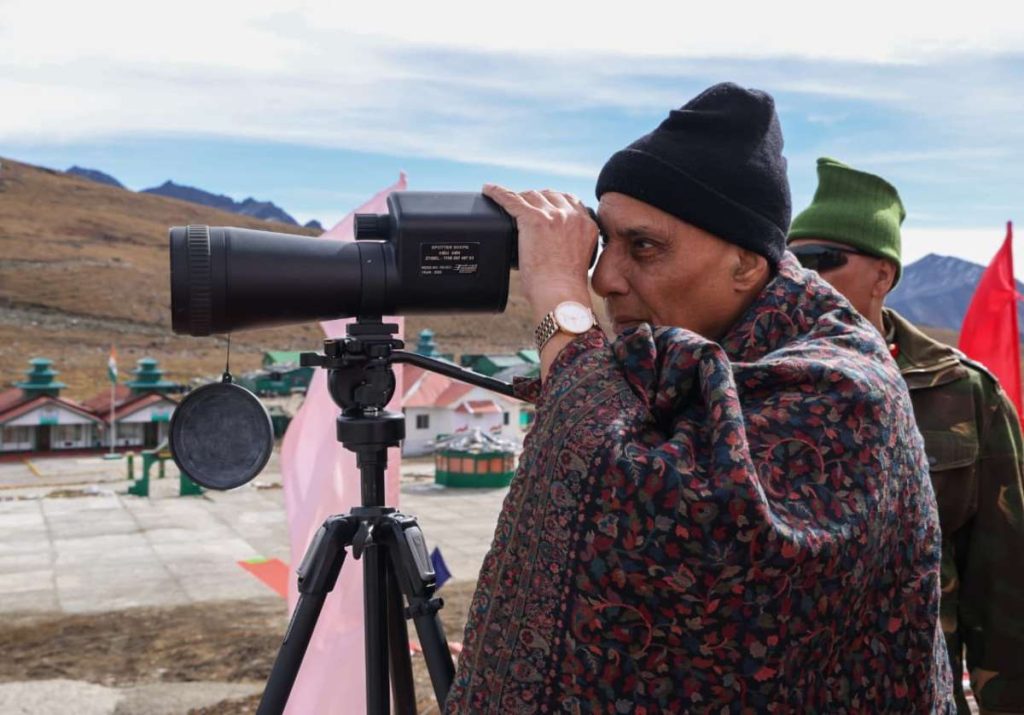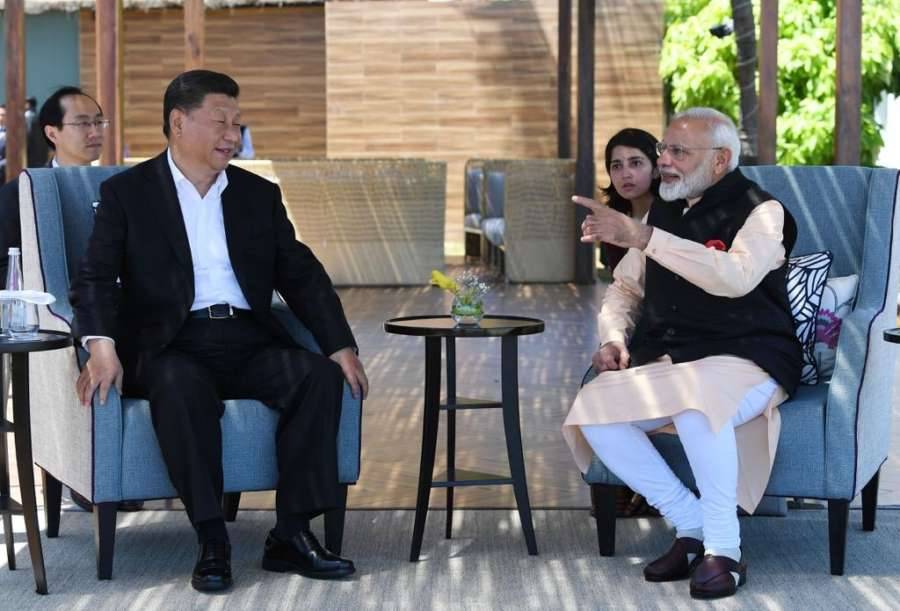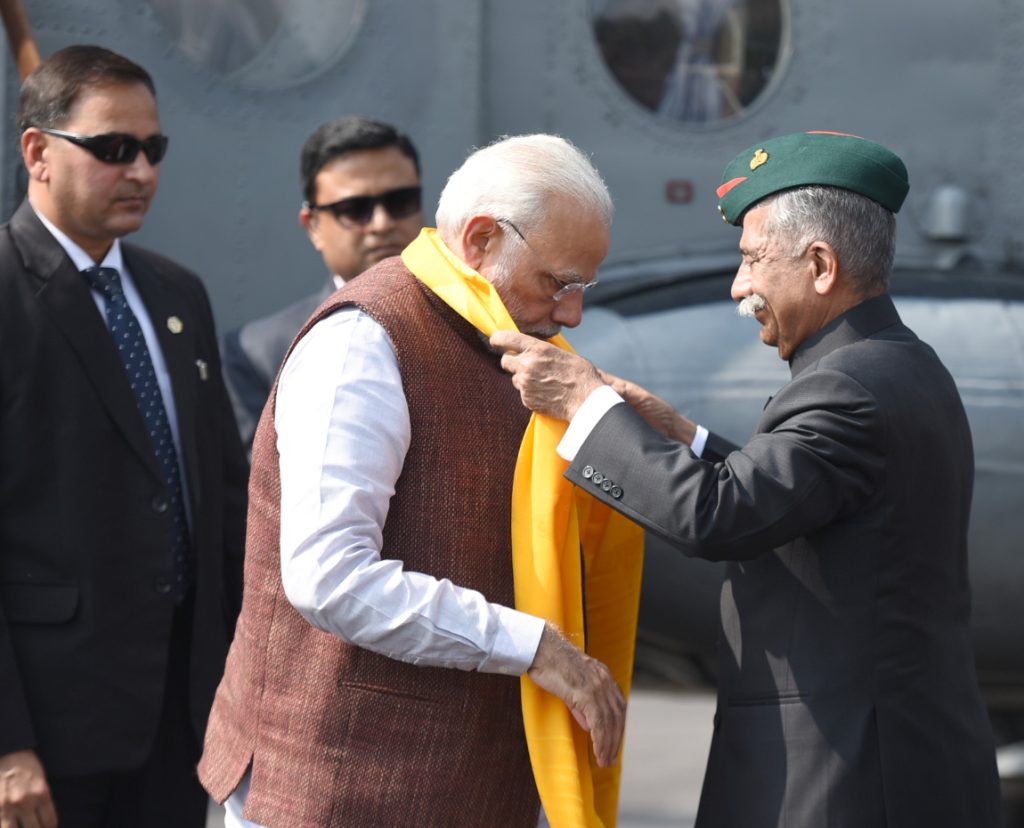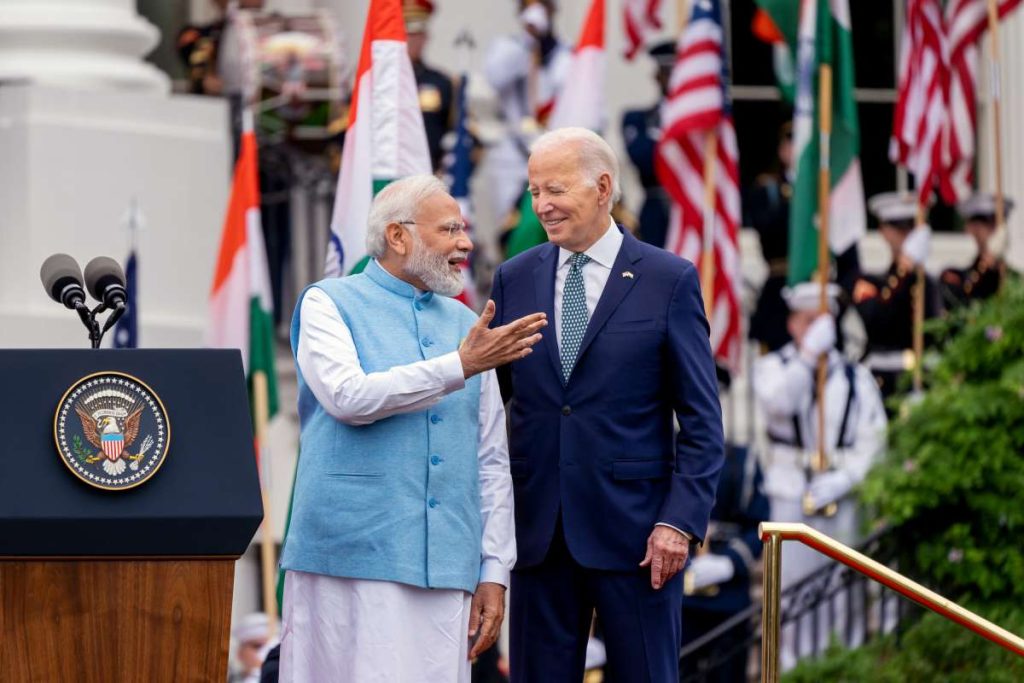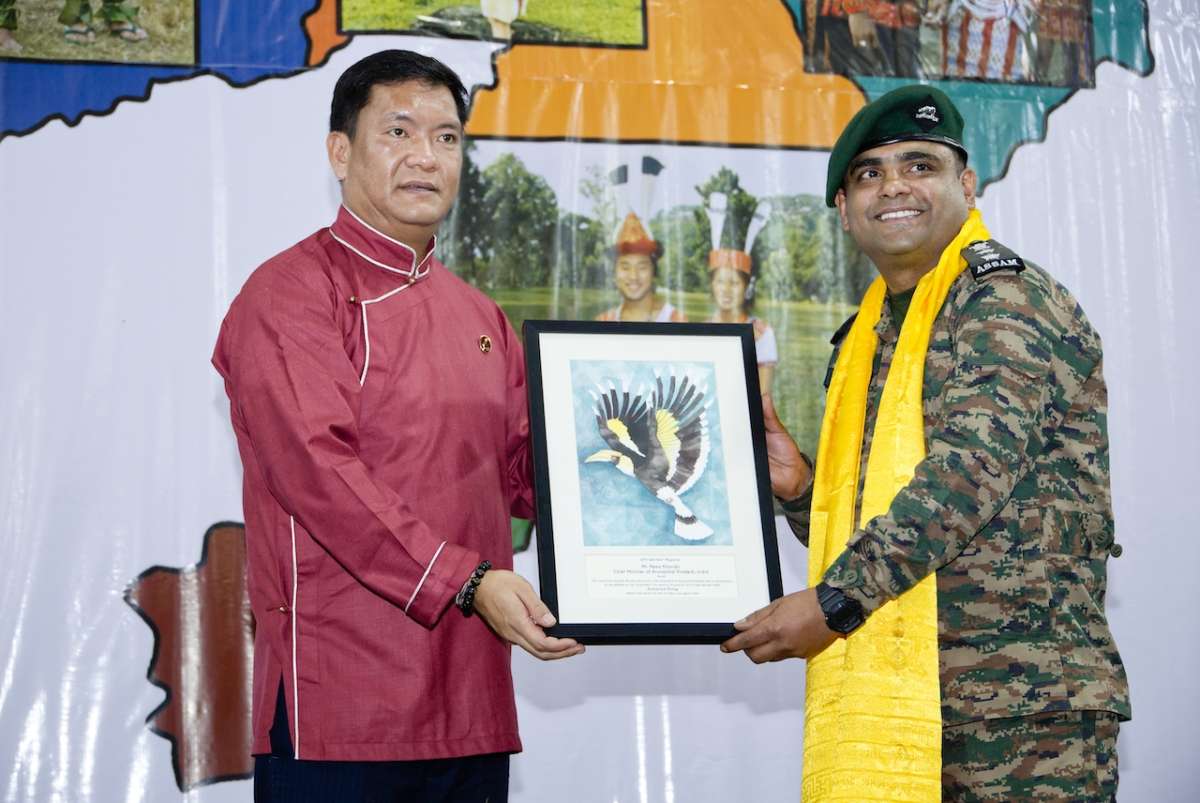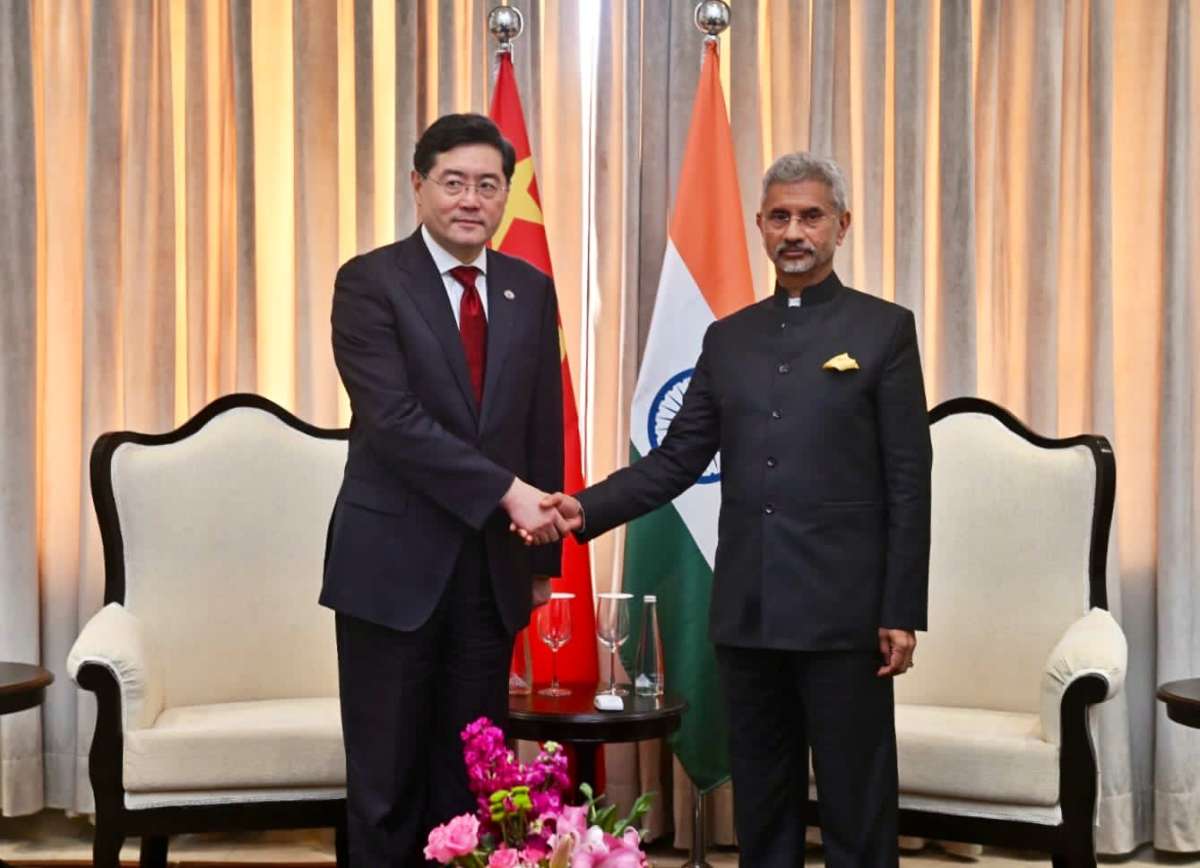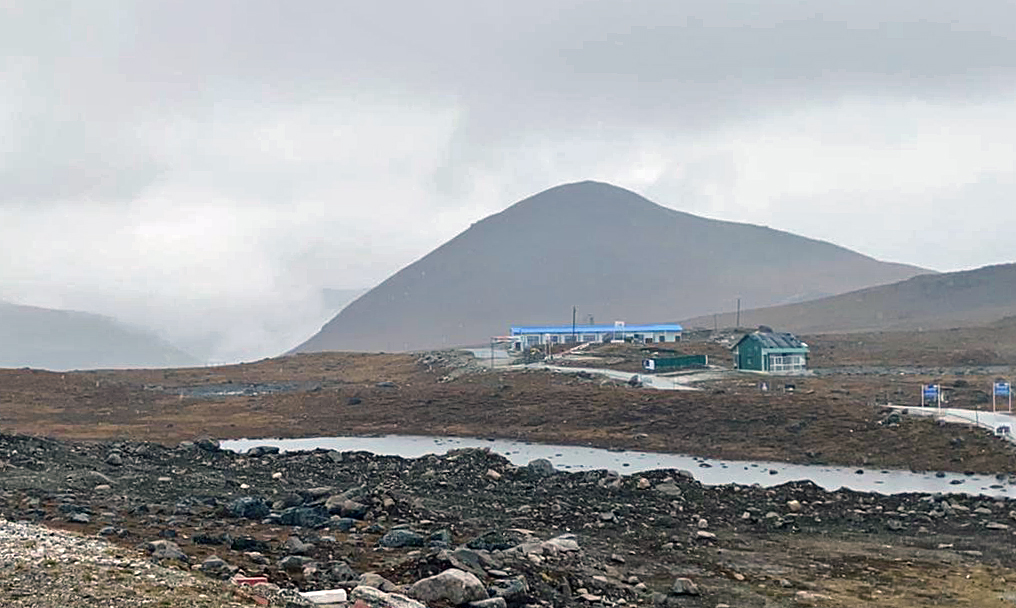The forthcoming elections for two Lok Sabha seats and 50 assembly constituencies in Arunachal Pradesh highlight the stark gender disparity in candidate nominations….reports Asian Lite News
In Arunachal Pradesh, despite legislative efforts to enhance women’s participation in electoral politics, the reality on the ground paints a different picture. The recent passage of the Constitution (128th Amendment) Bill aimed at bolstering women’s involvement in political processes hasn’t translated into significant representation in the upcoming polls.
The forthcoming elections for two Lok Sabha seats and 50 assembly constituencies in Arunachal Pradesh highlight the stark gender disparity in candidate nominations. Among the 14 contestants vying for the Lok Sabha seats, only one woman, Toko Sheetal of the Gana Suraksha Party, stands out. Similarly, out of the 50 assembly seats, only eight women have filed nominations, with the ruling BJP and opposition Congress fielding four and three candidates respectively, while one is an independent nominee.
This dearth of female representation in politics is not a recent phenomenon; historically, only one woman has represented the state in the Rajya Sabha, and since Arunachal Pradesh’s inception as a full-fledged state in 1987, only 15 women have been elected to the assembly.
Various factors contribute to this underrepresentation of women in Arunachal Pradesh’s political arena. Cultural barriers, socio-economic constraints, and a lack of awareness are cited by women activists and political analysts as major impediments. Kenjum Pakam, Chairperson of the Arunachal Pradesh State Commission for Women, emphasizes the importance of providing women with equal opportunities to participate in politics, stressing that their inclusion is vital for the nation’s development.
Leaders like Kani Nada Maling, President of the Arunachal Pradesh Women Welfare Society, advocate for the election of leaders committed to women’s empowerment. They lament the prevailing scenario where women are often sidelined in decision-making processes. Maling highlights the necessity for bold and vocal women leaders in the assembly to address women’s grievances effectively.
To address this gender disparity, various measures are proposed, including awareness campaigns, training programs for aspiring female politicians, equitable access to resources, and policies supporting work-life balance for women in politics. Dr. Nani Bath, an associate professor of political science, underscores the importance of implementing laws regarding reservations for women in politics.
ALSO READ: All three major political parties in Kerala upbeat


